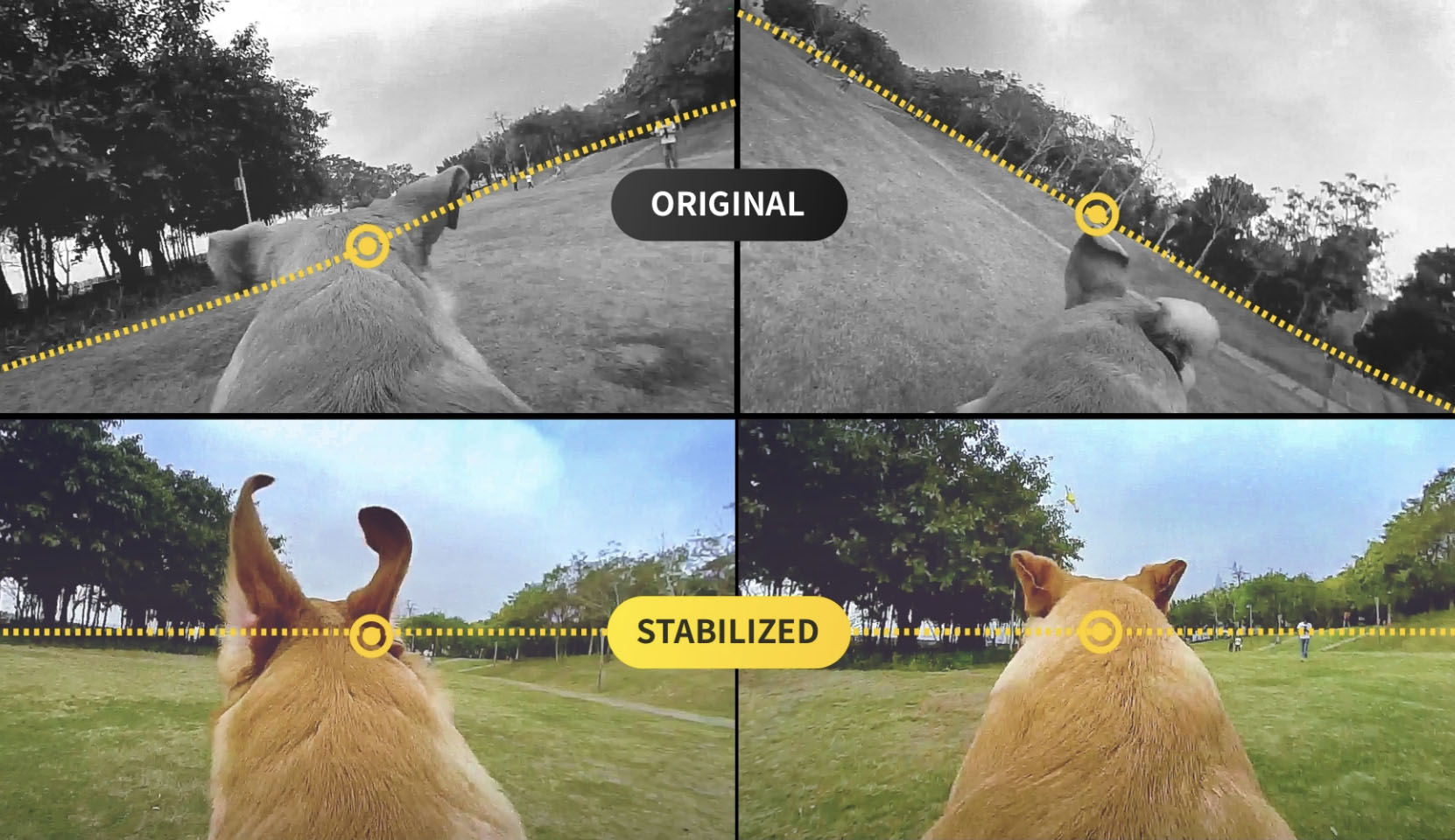

I know Insta360 isn’t marketing this feature for normal use, but it likely gives the ONE R a larger dynamic range than any competition. Aside from the flaring, I think it did a great job here. I wanted to see how far I could push it, shooting in a dark studio with very bright lights. The HDR mode on the ONE R is intended for still scenes. Nonetheless, you're probably better off picking up Sony's new Sony ZV-1 if you need a tiny camera that will perform at night.
Insta360tudio flowstate mod#
So, if low light is something you'll always need, then Insta360's 1-inch mod is probably your best bet. The 1-inch mod performs the best, despite its f/3.2 aperture. It yields decent results, but it takes a lot longer to process.

While GoPro and DJI manage to control the noise in-camera, Insta360 leaves it up to the app. In my eyes, these four are all pretty similar.

No action camera works great in low light that’s a simple fact. Unfortunately, the larger 1-inch sensor mod doesn’t have this feature, yet. So, in a sense, the 4K fixed lens mod is closer to a regular action camera. With a new update, their 4K mod can record and mostly stabilize straight in the camera. Insta360’s footage requires it to be rendered out in-app. This is quicker, but doesn’t leave any control. Keep in mind that GoPro and DJI’s stabilization is burned into the footage. If you’re only going to be running, then the winner is GoPro’s MAX I’d say. I didn’t use any rigs this is just the camera in my hand.įor vlogging, cycling, driving, and anything not overly strenuous, all of these cameras will do fine. It’s also not overly bright outside, not even an hour after sunrise. In this test, I’m running with gusto and giving each camera a hard time. GoPro has Hypersmooth, DJI has Rocksteady, and Insta360 has FlowState. If control over color is important to you, then it's safe to say Insta360 is taking that seriously.
Insta360tudio flowstate plus#
However, it’s annoying that Color Plus is applied in post, meaning your phone/desktop will need to spend more time processing the footage. Most of the time, I think it looks great. Basically, if you’re surrounded by good lighting and bright colors, then this will work nicely. So, in post, you can enable an AI-powered “Color Plus.” I’ve had some mixed results with this. Insta360 wants to compete with GoPro’s saturated color.

Insta360 makes a great case that, using your smartphone, 360 footage isn’t just for professionals. The 360 video market isn’t exclusive to VR headsets and proprietary tech though. If you need resolution and want your video files ready instantly, then a fixed lens is the way to go. The same applies to GoPro’s ecosystem too. You just can’t beat the 4K or 5.3K outputs from their single-lens mods. A 360 camera is a lot more fun to play around with, but a fixed lens module means serious business. There’s a reason Insta360 has gone modular. Can Insta360 compete against DJI and GoPro? Why would you buy a modular camera? 360 Versus Fixed Lens With recent upgrades, it’s gotten better too. I’ve spent some time with the Insta360 ONE R, and I don’t hesitate to say it’s one of the best action cameras you can buy right now.


 0 kommentar(er)
0 kommentar(er)
